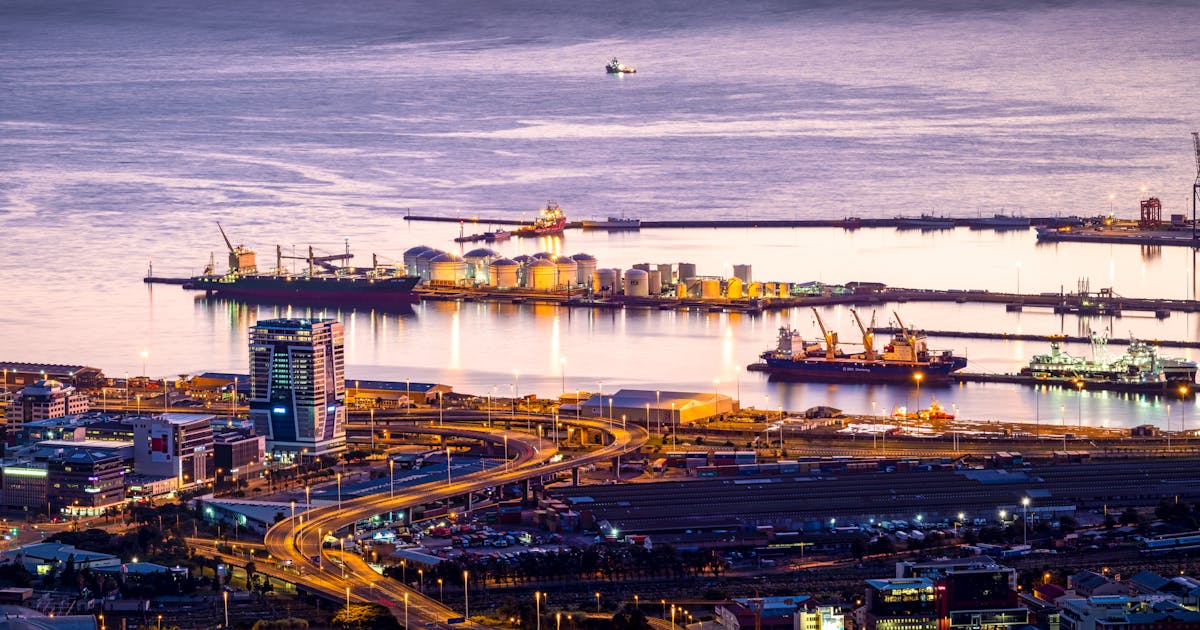The maritime industry, often described as the backbone of international trade, presents an intriguing investment landscape in 2024. From technological advancements to increasing demands for sustainability, the maritime sector is undergoing a transformative period. This article will explore key trends, challenges, and opportunities in maritime investments, providing you with valuable insights to consider before venturing into this space.
1. Maritime Innovation: A Driver of Growth
Technological innovation is one of the primary growth drivers in the maritime industry. Key areas include artificial intelligence (AI), automation, robotics, and digitalization. AI, for example, plays a significant role in predictive maintenance and route optimization, reducing fuel consumption and operational costs. Robotics is also revolutionizing the sector, particularly in areas like underwater maintenance and autonomous shipping. The rise of autonomous vessels like Yara Birkeland has demonstrated the feasibility of reducing human intervention in ship navigation while improving safety and efficiency.
2. Sustainability and Clean Energy
With global pressure to reduce carbon emissions, the maritime industry is increasingly embracing green technologies. Clean energy sources, such as hydrogen fuel, biofuels, and wind energy, are gaining traction. For instance, companies like TECO 2030 are developing hydrogen-powered solutions that enable zero-emission shipping, driving maritime decarbonization. As regulatory frameworks tighten around emissions, particularly in Europe, this shift towards sustainability offers lucrative investment opportunities, especially in green technologies and retrofitting older ships to comply with new regulations.
3. The Rise of Digitalization and Connectivity
Digitalization is another prominent trend in the maritime sector. Enhanced satellite connectivity and digital platforms have made it easier to monitor ship performance in real-time, optimizing fuel consumption and improving safety. Major shipping companies like Maersk have adopted satellite technologies, such as Inmarsat’s Fleet Xpress, to improve global communication and operational efficiency.
4. Investment in Port Automation
As global trade volumes increase, ports worldwide face significant congestion issues. In response, many are investing in automation and digital twin technologies to streamline operations. Ports are now equipped with automated systems that help in cargo handling, reducing operational costs while improving efficiency. Investors can explore opportunities in port infrastructure upgrades, which are essential for future-proofing the maritime trade ecosystem.
Read more: Enhancing Tunnel Safety with Shotcrete Concrete: A Game-Changer
5. Offshore Energy and Support Vessels (OSVs)
The offshore energy sector, particularly in oil and gas, is witnessing growth. This has driven demand for offshore support vessels (OSVs), such as drilling rigs and construction boats. With increasing oil production from the Middle East, the OSV market is expected to remain buoyant. However, investors should be cautious about rising fuel costs and regulatory pressure to decarbonize, which will influence the future of this segment.
6. Cybersecurity in the Maritime Sector
As ships become more connected, cybersecurity has become a critical concern. Cyberattacks in the maritime sector can cost millions of dollars and disrupt global trade. Investing in cybersecurity solutions for shipping companies is crucial as the industry becomes more reliant on digital systems for navigation and communication. Companies like CyberOwl are already leading the way by developing robust cybersecurity measures to protect against ransomware attacks and other digital threats.
7. Regulatory Environment
New environmental regulations, particularly in the European Union, are shaping the future of the maritime industry. The inclusion of shipping in the EU’s Emission Trading System (ETS) and regulations like the Carbon Intensity Indicator (CII) are pushing companies to adopt more sustainable practices. This has opened the door for investments in emission-reduction technologies and compliance solutions, offering long-term growth potential for investors focused on environmental sustainability.
Conclusion
Investing in the maritime industry in 2024 offers a range of opportunities, driven by technological innovation, sustainability efforts, and digitalization. From autonomous vessels to green energy and port automation, these emerging trends are transforming how ships and ports operate. However, as with any investment, potential risks—such as rising fuel costs and cybersecurity threats—must be considered. Investors looking to capitalize on these trends should focus on sectors like green shipping technologies, port infrastructure, and digital solutions for ship management to stay ahead in this evolving landscape.
FAQs
- What are the main risks associated with maritime investments?
Rising fuel costs, cybersecurity risks, and regulatory changes, particularly around emissions, are key concerns for maritime investors. - How is technology shaping the maritime industry?
Technologies like AI, automation, and digital twins are optimizing fuel efficiency, reducing operational costs, and improving safety across the industry. - What opportunities exist in green maritime technologies?
Clean energy solutions, such as hydrogen-powered ships and biofuels, are growing areas of investment, particularly as environmental regulations tighten. - Why is port automation important?
As global trade increases, automated ports reduce congestion and improve efficiency, making them a critical investment area for future growth. - How is the offshore energy sector impacting maritime investments?
The demand for OSVs in oil and gas production has grown, creating investment opportunities in this niche market, particularly as energy demand rises.
